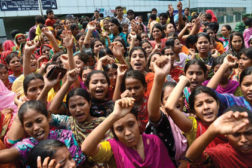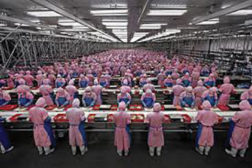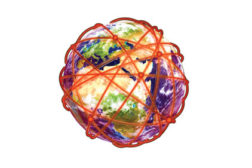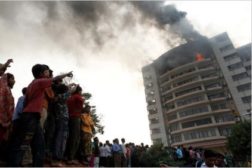Articles by Garrett Brown MPH, CIH
Fatal flaws of foreign factory audits
“A spectacular failure” to improve conditions
February 1, 2013
"A global supply chain of death traps"
Tragedies will continue "until workers' health and safety actually come first"
December 10, 2012
Become a Leader in Safety Culture
Build your knowledge with ISHN, covering key safety, health and industrial hygiene news, products, and trends.
JOIN TODAYCopyright ©2024. All Rights Reserved BNP Media.
Design, CMS, Hosting & Web Development :: ePublishing




